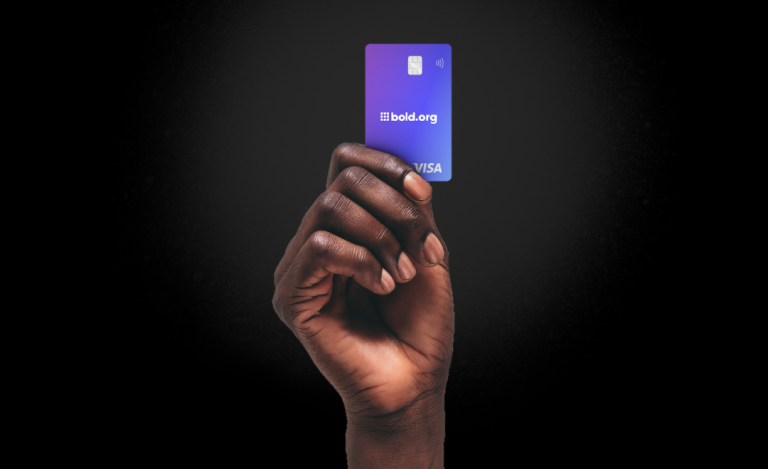The Wug Test is a language experiment made by Jean Berko Gleason in 1958. She wanted to see if children understand how to change words, like making them plural or past tense.
In the test, kids are shown pictures of made-up creatures and words. For example, they see a drawing of a strange animal and are told, “This is a wug.” Then they see two of the same creature and are asked, “Now there are two. There are two ____.”
If the child says “wugs,” it shows they know how to make the word plural, even though they’ve never heard it before. By using made-up words, the test shows whether kids are applying language rules they’ve learned, not just repeating words from memory.
The Wug Test measures how children apply morphology. These are the rules we use to change words based on meaning, like plurals, past tense, and possessives.
How the Wug Test Works
The Wug Test uses 27 flashcards with made-up words. Kids answer simple questions that test how they change the words. Here are a few examples:
- Plural: “This is a wug. Now there are two. There are two ____.” (Answer: wugs)
- Past tense: “He knows how to rick. He did it yesterday. What did he do?” (Answer: ricked)
- Adjective: “This dog has zibs. He is all covered with zibs. What kind of dog is he?” (Answer: zibbed)
Because the words are made up, kids can’t guess based on memory. This helps teachers and researchers know if the child really understands how English works.
The Wug Test is still used today in schools and research to study how children learn language. It’s a simple but powerful tool still used by researchers, speech therapists, and educators to study language development in children.
Our Editorial Team, with a rich background in educational content creation, prioritizes accuracy and quality in every article. We are committed to producing expert content tailored to meet the academic needs of college and high school students, ensuring they receive well-researched and trustworthy information for their educational journey.







